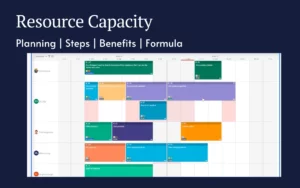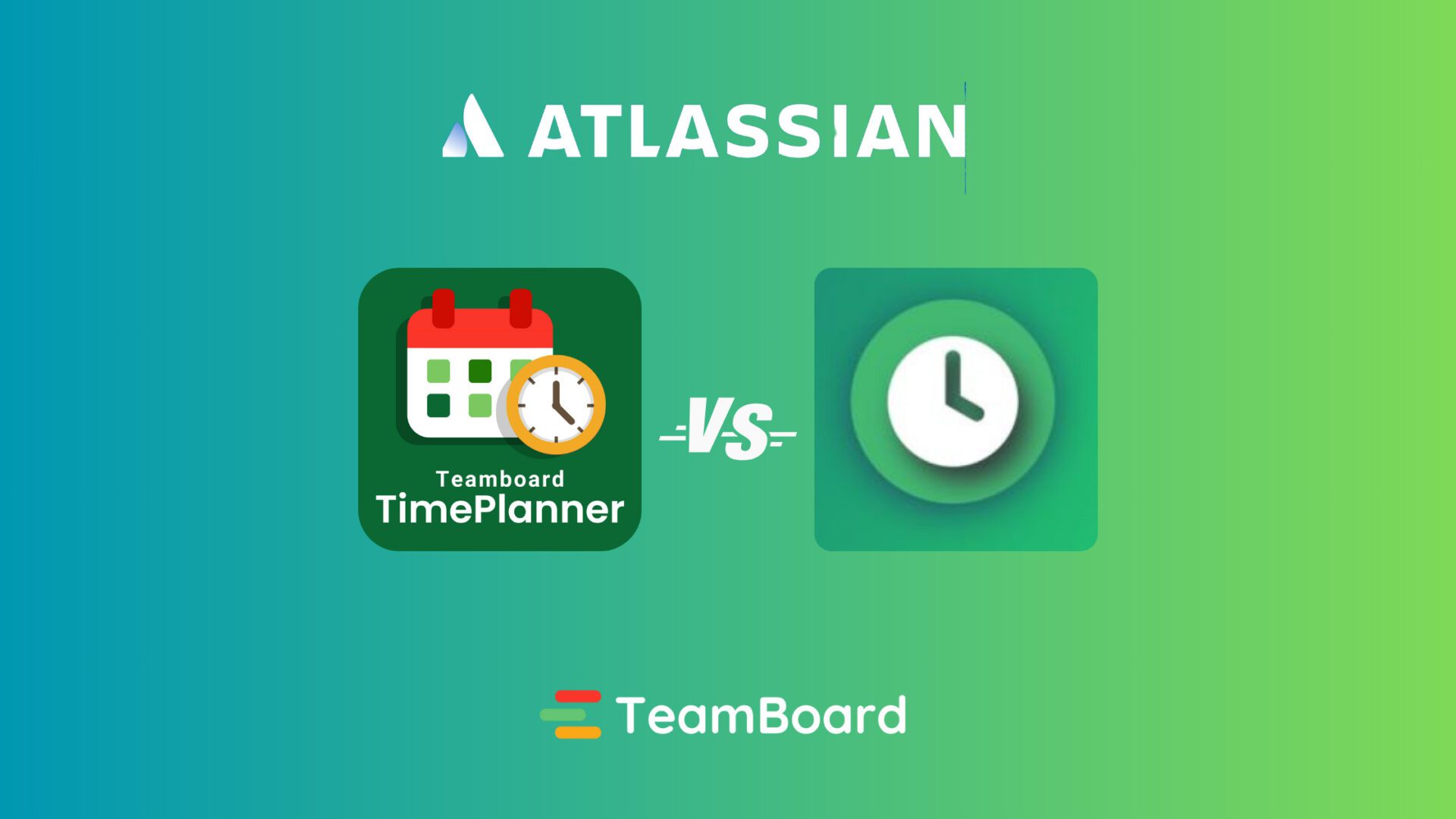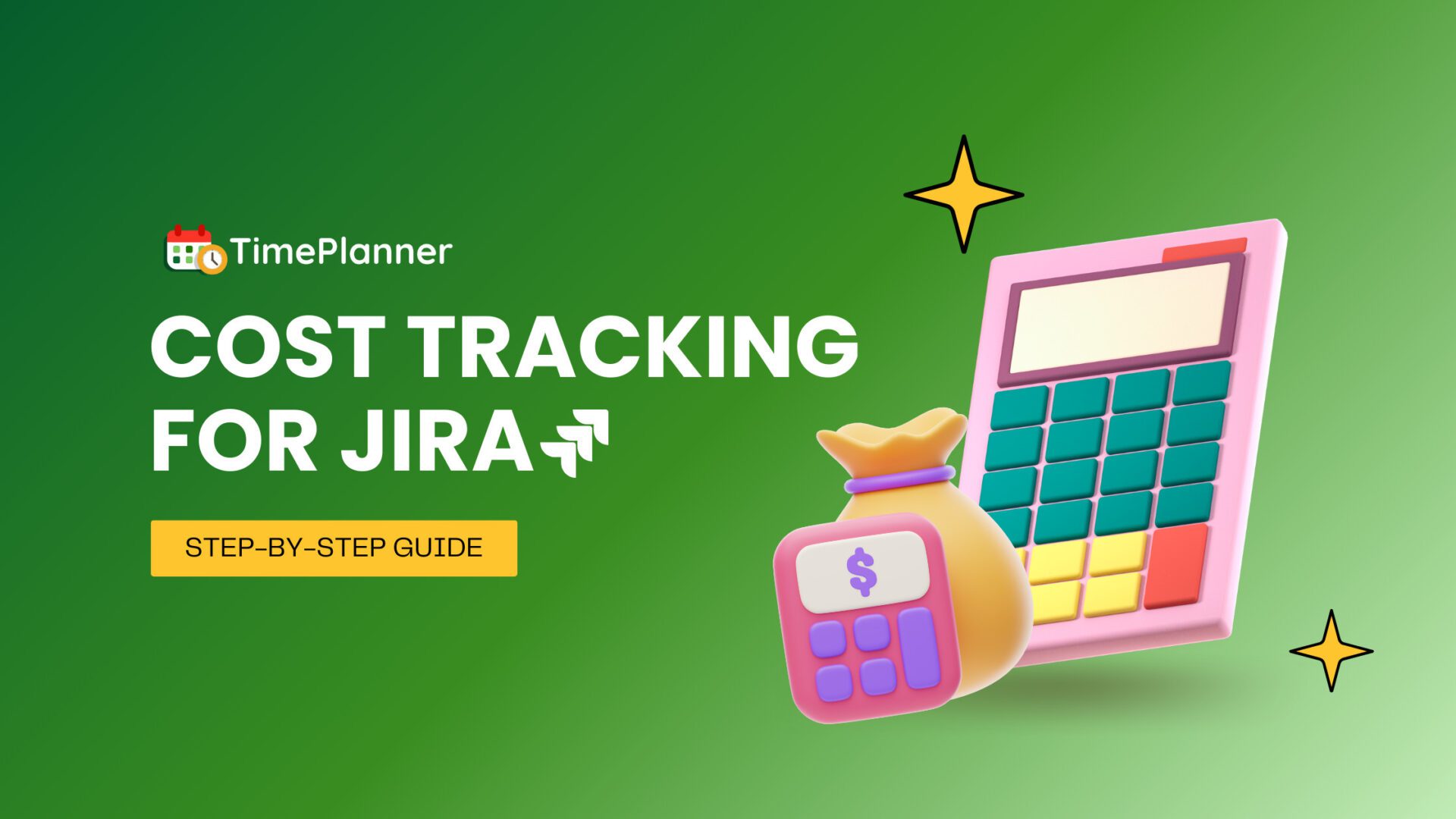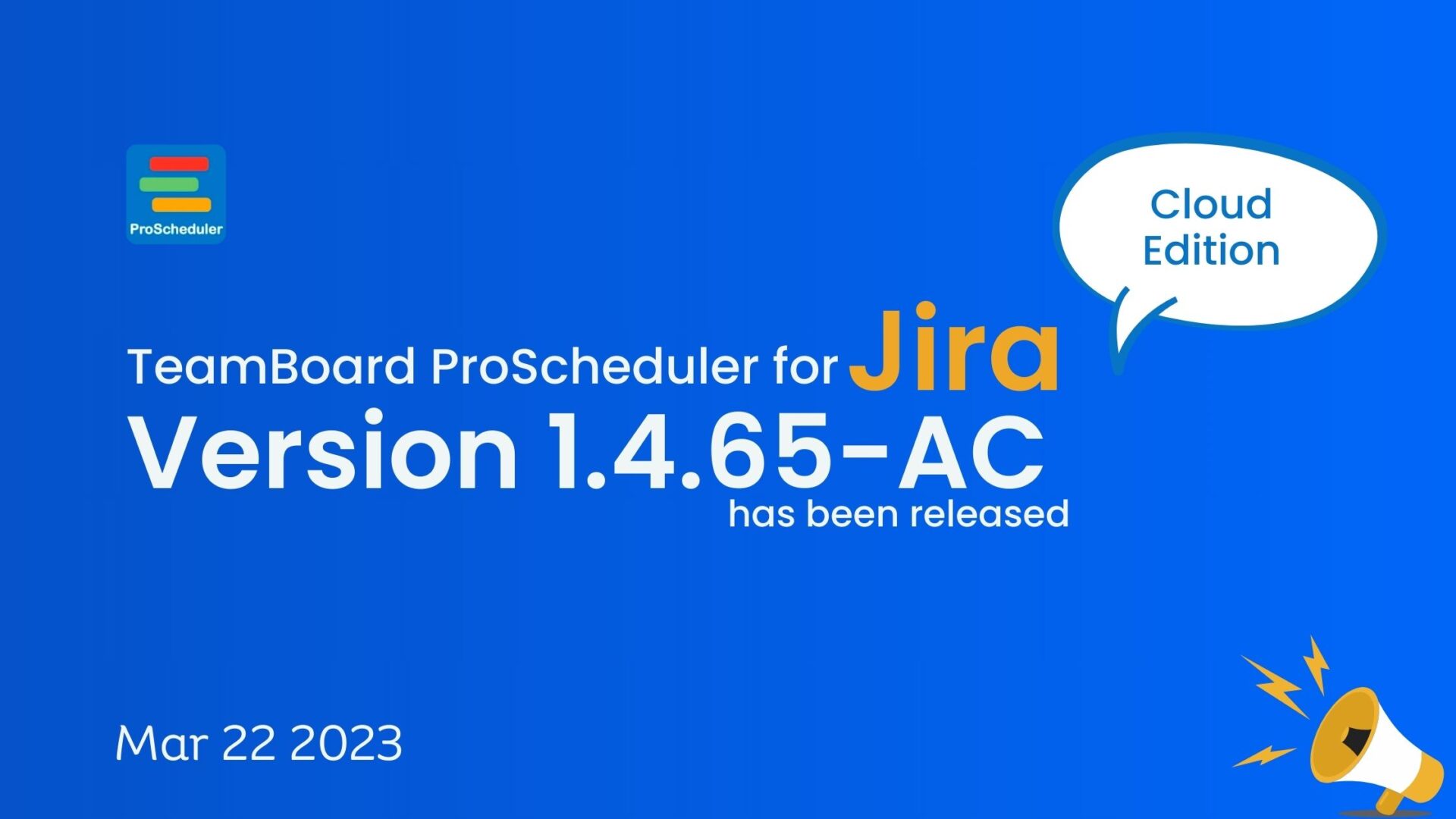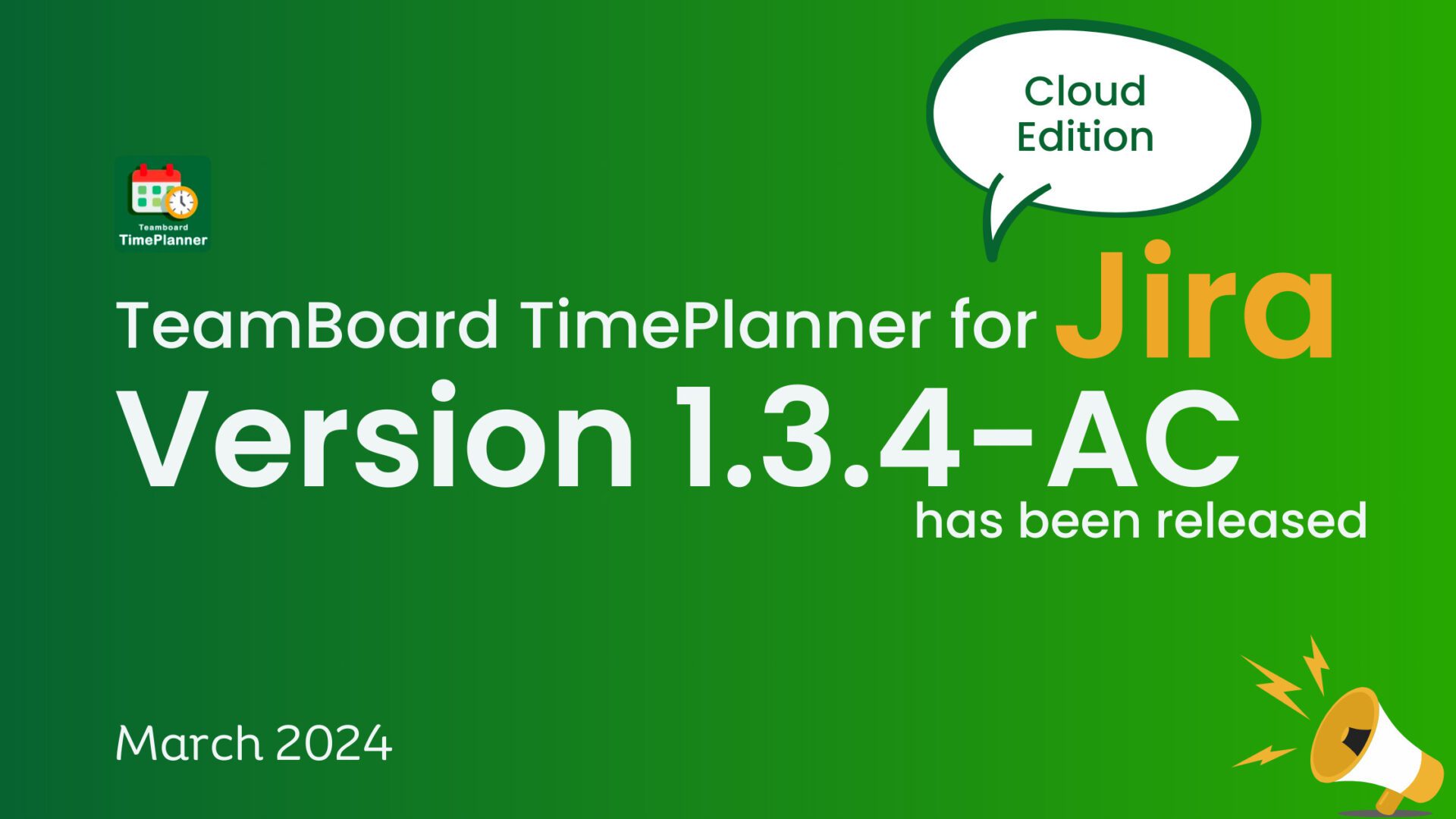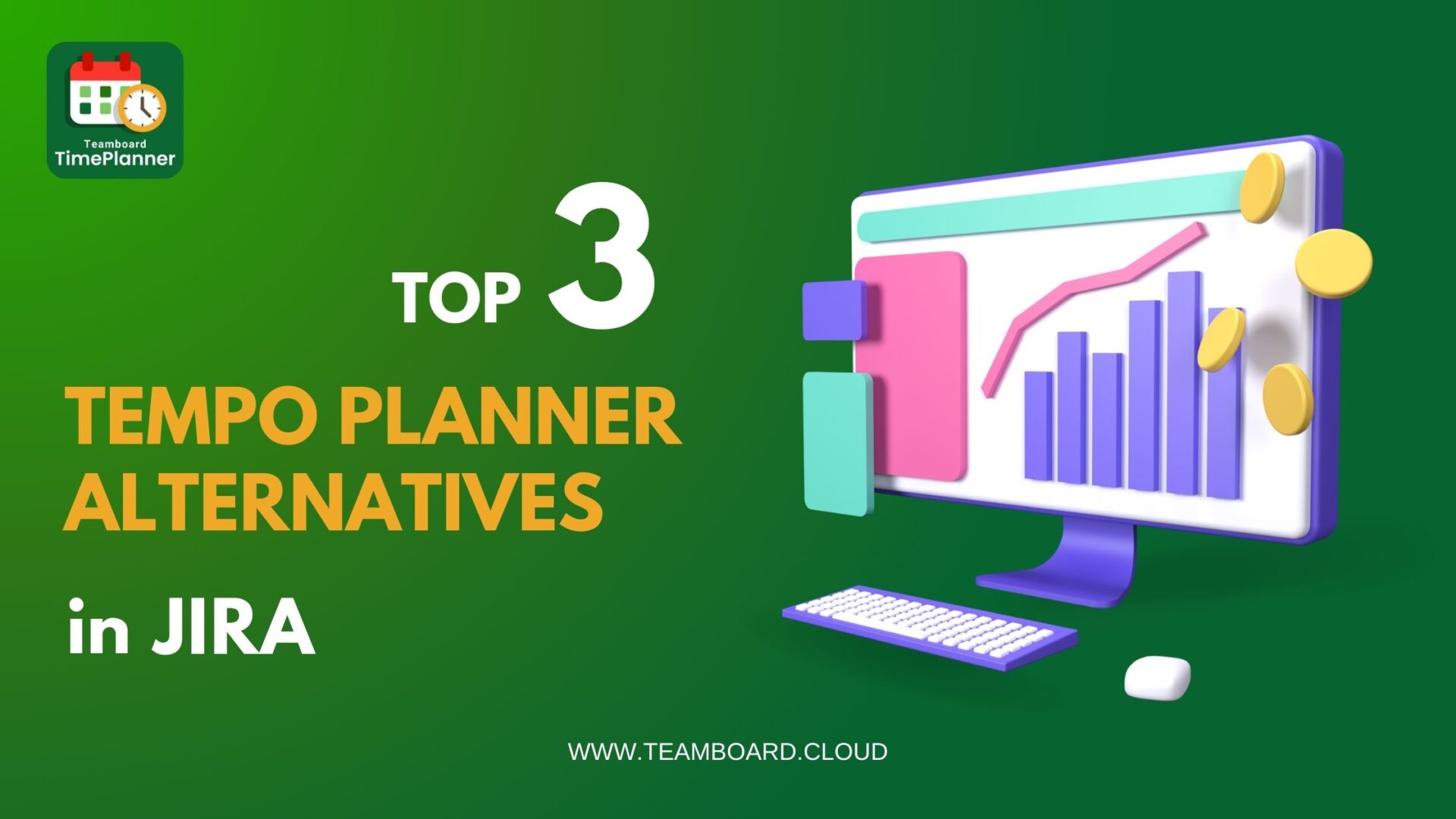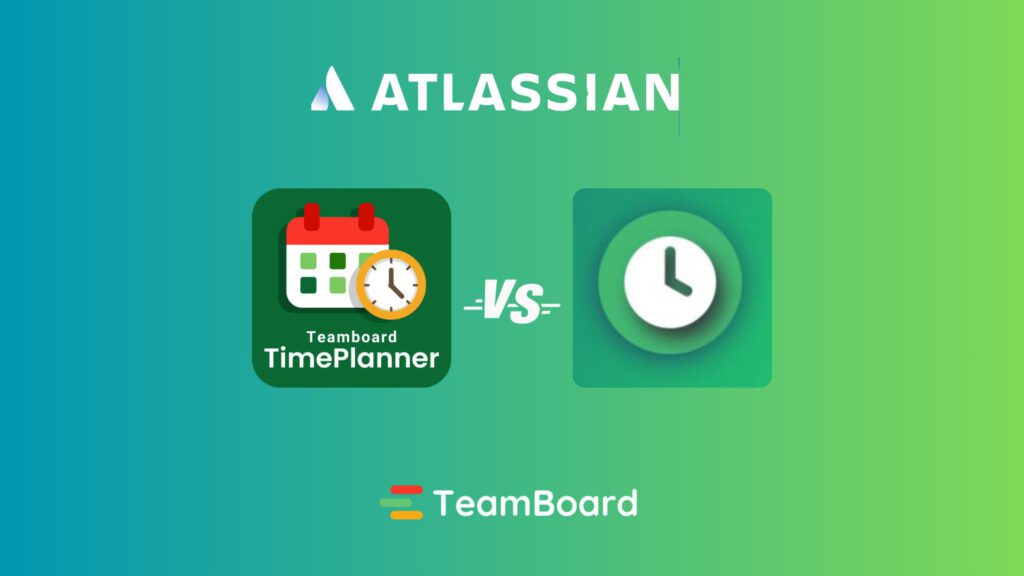Table of Contents
Resource Utilization | Importance, Example, Formula
Project managers understand that a lack of planning can lead to delays and even unimaginable losses in both the short term and the long term.
Everyone must have a solid game plan when teams juggle many projects simultaneously. Project managers need to be at the top of their games to keep track of their teams’ productivity, the tasks they’re working on, and whether or not they’re making the most efficient use of their time.
Resource management is crucial for many reasons, not the least of which is its effect on billable hours and, by extension, your business’s bottom line. Optimizing resource use and boosting team morale are two of its many benefits.

In this article, we’ll explain what resource utilization is, why it’s useful, and what it can accomplish for you and your team.
An Overview of Resource Utilization
Resource utilization is a critical aspect of project management, as it impacts the efficiency and effectiveness of a project’s outcome. Effective resource utilization involves maximizing the use of available resources, such as time, budget, and personnel, to achieve project goals.
A key aspect of this is having a well-defined communication management plan, which helps to keep stakeholders informed and engaged throughout the project. Additionally, with effective communication, project managers can ensure that resources are used most efficiently and effectively as possible, leading to desired outcomes.
Importance of Resource Utilization and Performance
By using resource utilization in your projects, you will be able to;
Understand profitability
By tracking your team’s time and activities, you’ll know exactly how much each task contributed toward your project’s revenue goal. This information can help you decide whether or not certain tasks should receive more funding in future projects. In addition, it helps you decide about the replacement of some workers with cheaper alternatives.
Boosting Return on Investment (ROI)
Resource utilization can also increase the ROI of your projects by ensuring that you use your resources effectively.
Facilitating collaboration
Resource utilization can also help teams collaborate more effectively by providing accurate information about their project status and progress. This makes it easier for them to ensure they’re working together as efficiently as possible to achieve their goals.
Providing accurate billing
The most important benefit of resource utilization is that it provides an accurate billing statement at the end of every month or every quarter, depending on your accounting policy. The accuracy increases as more resources are used, and you get more accurate billing statements. This helps you get paid faster by your clients and keeps your cash flow positive.
Difference Between Resource Allocation and Resource Utilization
Resource allocation and resource utilization are two important concepts in project management, but they are different. Resource allocation refers to assigning specific resources, such as time, budget, or personnel, to individual tasks within a project. On the other hand, resource utilization refers to how effectively those resources are used to achieve project goals.
Resource allocation is the planning phase, while resource utilization is the execution phase.
Calculating Resource Utilization Efficiency
You can use the standard formula to determine your ratio of utilized resources. It clarifies how effective your team is and what your utilization rate is.
The conventional resource utilization formula for maximizing resource effectiveness is as follows:
Resource Utilization
Resource utilization = (billable hours/available working hours) x 100
It is a percentage of used productive time out of all possible time. You can calculate it for personnel, equipment, and even workspaces. Here’s how to calculate resource utilization:
- Determine the maximum number of available working hours and the number of billable hours worked
- Calculate the available working hours by dividing the billable hours
- Finally, multiply the result by 100
Realization Rate
The difference between realization and utilization lies in that realization is proportional to income and billable hours. To calculate the realization percentage, divide the number of billed hours by the total number of billable hours.
The number reveals how much of the resource’s time is spent generating income.
Realization Rate = (Total Billed Hours) / (Total Billed Hours) X 100
Utilization of Resources Example
Imagine you have a content writer on staff who puts in the standard 40 hours each week.
About 35% of their time is spent on client-facing activities each week, while the other 85% is spent on non-billable operations like administration and meetings.
By using the formula to solve for the unknowns, you would obtain the following:
RU = 35 total billable hours / 40 total available working hours x 100 = 87.5%
If employees have a utilization rate of 87.5%, they use their resources well.
Then you may determine whether or not you need to find more billable time for employees or if you can find ways to raise billable hours based on a consistent benchmark for all of your employees.
Finally, keep in mind that some variables, like holidays, overtime, the difference between the clock in and out times, and the number of hours worked per week, will affect this rate.
Best Practices of Resource Utilization in Project Management
Its traditional approach is to measure utilization rates and compare them to an ideal level. Here are some best practices to improve effective resource utilization in project management.
Planning and Preparation
Set up your workloads to maximize efficiency, productivity, quality, and service levels. Ensure that you have the right staff on hand at the right time.
Monitoring and Adjustment
Continuously monitor resource utilization and make adjustments when necessary. This can include reallocating resources to areas of greatest need or changing workloads based on customer demand fluctuations. It may also include adjusting staffing levels based on changes in business needs or changes in staffing availability due to vacation schedules or sick leave.
Collaboration and Communication
Collaborate with other teams across the organization to ensure that all aspects of your workload are coordinated and aligned with their needs. Communicate relevant information about upcoming projects to other teams so they can prepare for schedule changes.
Performance Metrics and Evaluation
To improve your resource utilization in project management, you need to know your current state. The first step is defining the important performance metrics for your business. Then, you also need to have a way of measuring and evaluating them over time. This process requires careful planning as well as regular reviews.
Continuous Improvement
Finally, it’s important to set up a continuous improvement process so that you can use the results of your performance evaluations and make changes accordingly.
Final Words
Resource utilization is a critical aspect of project management that can significantly impact a project’s success. By its importance, using best practices and continuously improving resource utilization strategies, project managers can also increase the efficiency and effectiveness of their projects.
The key to achieving this is to use effective resource planning tools, like ProScheduler, which can help project managers better allocate and manage resources to achieve project success.


